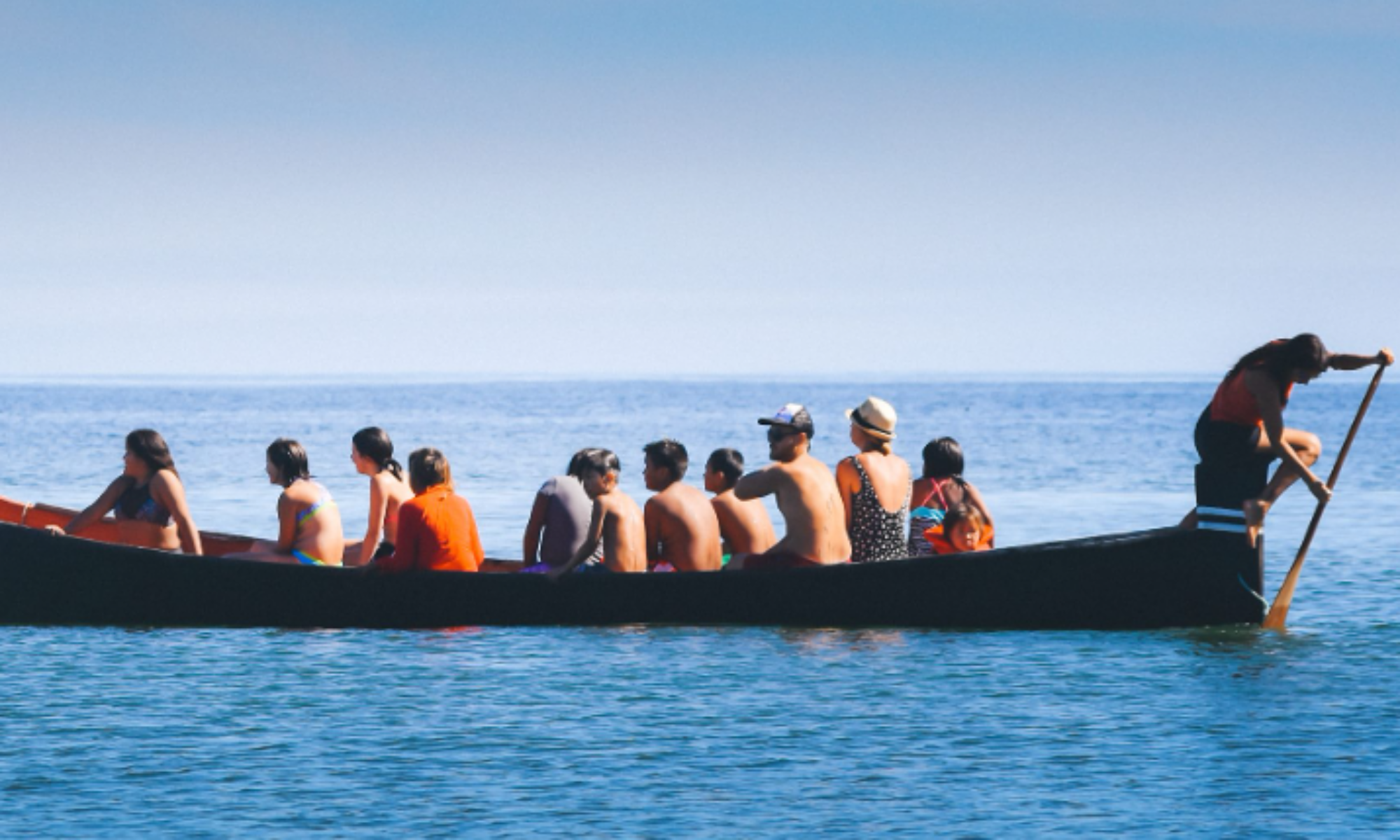The Truth and Reconciliation Calls to Action is not only a comprehensive list of actionable things that can be done to help heal Indigenous peoples across Canada, it’s also a symbol of progressiveness in this realm, and an extremely important sign that many injustices are finally being recognized. There is a lot of work that needs to be done. However, having a tangible and articulate framework to help guide the process of reconciliation is a fantastic step.
But, regardless of what the document says, it’s up to Canadians to promote and execute change. And with years passing by and more information coming out about the true history of Canada, I hope the consensus will to build a better future for Indigenous people becomes even stronger.
To read the list of The Truth and Reconciliation Calls to Action, tap here!
“We call upon the federal, provincial, and territorial governments, in consultation and collaboration with Survivors, Aboriginal peoples, and educators, to: 62 i. Make age-appropriate curriculum on residential schools, Treaties, and Aboriginal peoples’ historical and contemporary contributions to Canada a mandatory education requirement for Kindergarten to Grade Twelve students.” (TRC, 2015)
As someone with Secwempc roots and a Canadian who went through the public school system without learning the atrocities in Indigenous history, I’m very connected to 62 i. of the Truth and Reconciliation Commission of Canada: Calls to Action. Canadians should learn the country’s all-encompassing history, not just the classic colonial storyline. Students begin learning about Canada’s history at a young age, and that means they should also delve into what happened to Indigenous people at the same time. However, it’s important to make the heart-wrenching curriculum digestible and age-appropriate. I’ll ensure I follow the province’s curriculum in terms of content for certain age groups. Delivering it appropriately takes emotional and social intelligence from my end. For example, dumping in-depth and brutal truths about horrific circumstances Indigenous people were placed under isn’t the proper path when teaching a grade four student. But, there are ways for them to learn about the settler-Indigenous relationship.
In my eyes, it’s most important to use an Indigenous lens when attempting to understand Indigenous history. When I went to school, Indigenous history was explored solely using a European mindset and focus. So, for example, when teaching about residential schools, I’ll ensure I have students put themselves in the position of a child attending it. By taking a more empathetic and primary approach, students will hopefully absorb the content in an effective way. One resource that would be a good fit in a classroom is The Orange Shirt Story by Phyllis Webstad. It is appropriate for all ages, and students are transported into a victim’s experience. By comparing and contrasting their school experience to Phyllis’, students can tack onto their knowledge of Canada’s controversial history in an age-appropriate manner.
